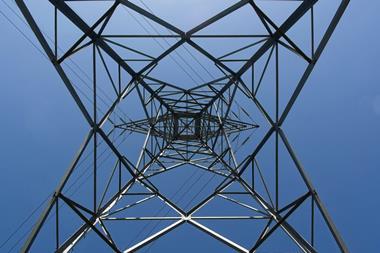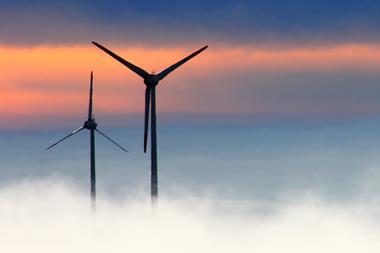
With policymakers worldwide now focusing on the expansion of renewable power, the issue of updating ageing networks has become all the more urgent, writes Richard Lum
Recent sweeping power outages in Texas have thrown the issue of energy resiliency into sharp focus. With temperatures plunging as low as -18C, households and businesses across the state were left without one of our most basic human needs – access to a reliable, secure source of energy.
It has also highlighted the under-reported fact that investment to ensure access to clean and reliable energy for communities is not only an issue for emerging economies, but highly established ones too.
People on either side of Texas’ political divide soon began blaming either an ‘overreliance’ on renewable power or an antiquated preference for fossil fuels for the blackout. The reality is that the sole fault lay with neither. The current consensus is that the failure of natural gas power plants had a lot to answer for, and certainly a failure to winterise systems played a big part, but there were also far larger and more fundamental issues at play.
At the core of the problem lay an outdated energy network. The crisis that engulfed Texas – and which has previously affected other developed states, such as California, as well as those outside the US, including the UK – was a prime example of the major issues we face if the fundamental building blocks of an electricity grid are not fit for purpose. It also demonstrated that basic energy access is not a simple issue even in the developed world.
With policymakers worldwide now focusing on the expansion of renewable power, the issue of updating ageing networks has become all the more urgent.
Texas is often viewed as a centre of fossil fuels. However, in 2020, for the first time, there was more electricity generated by wind than coal. The Lone Star state is in fact home to the Roscoe Wind Farm, one of the largest onshore wind farms in the world covering more than 100,000 acres of land, helping put Texas at the forefront of renewable energy generation. Last year, wind turbines generated around a quarter of the state’s total energy with coal generating 18%.
In the fight against climate change, this is an admirable expansion of renewable technology, but this winter’s energy crisis highlights that renewable energy is only part of the solution. More work is needed to upgrade the state’s electricity network. This will protect electricity supplies in extreme weather, but also ensure that the state is better able to keep the lights on when the wind does not blow strongly, and the sun is not shining brightly.
Greater investment into technologies such as distributed power generation and ‘micro-grids’, where local communities and businesses are a lot closer to the energy sources they rely on, will help future-proof electricity networks and ensure far greater energy resiliency.
With a changing of the guard in the White House, there is also high-level support for this type of focused investment in the future. Joe Biden’s energy secretary Jennifer Granholm recently told the Washington Post that she is “very supportive” of distributed energy resources, community-based solar, and microgrids, saying “those solutions are very exciting and could be, and certainly should be, part of the national system. We should be incentivising communities to think about that so that they are not so dependent on poles with wires atop that were constructed 70 years ago.”
As political support grows, there are set to be huge opportunities for investment into energy infrastructure, not just in Texas and the US but across all developed nations as they increase renewable power generation. As important as wind farms and solar panels are, the investment need is far greater, and offers far more opportunity, in ensuring the systems they feed power into are built to withstand the pressures of new energy sources and growing demand for power.
Extreme weather events make the case for an accelerated transition to more sustainable energy sources clearer by the day, and power outages reveal just how unreliable our current electricity networks can be. As a result, the opportunity for investors to make a sustainable impact on our global energy systems, whether they be in emerging or established economies, has never been more attractive or more necessary.


















